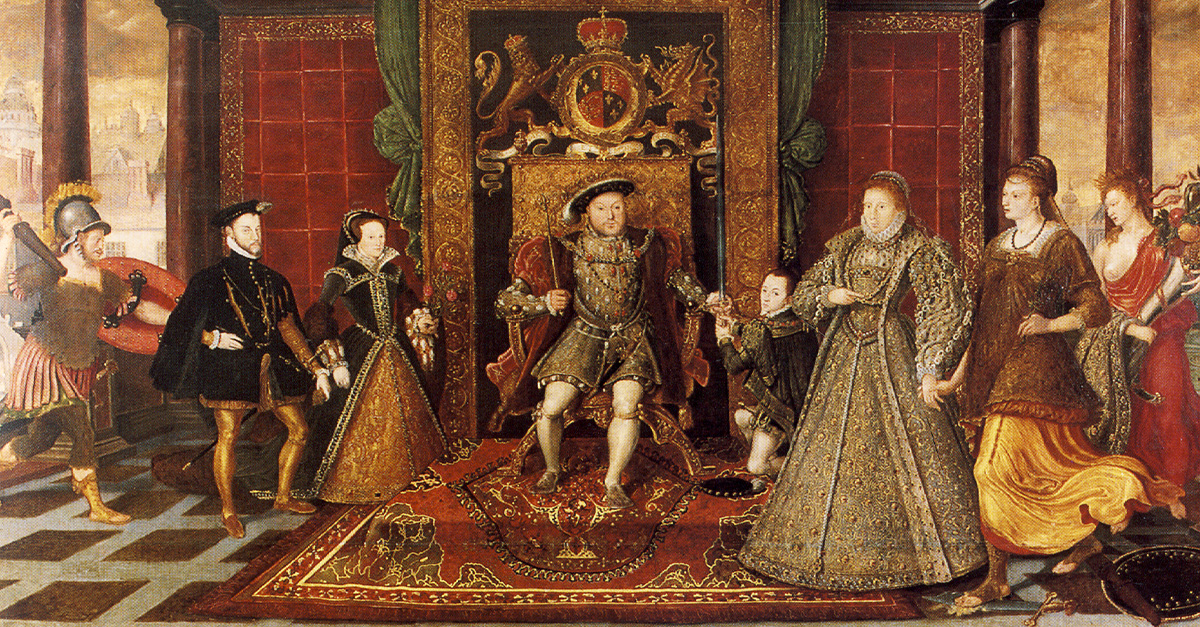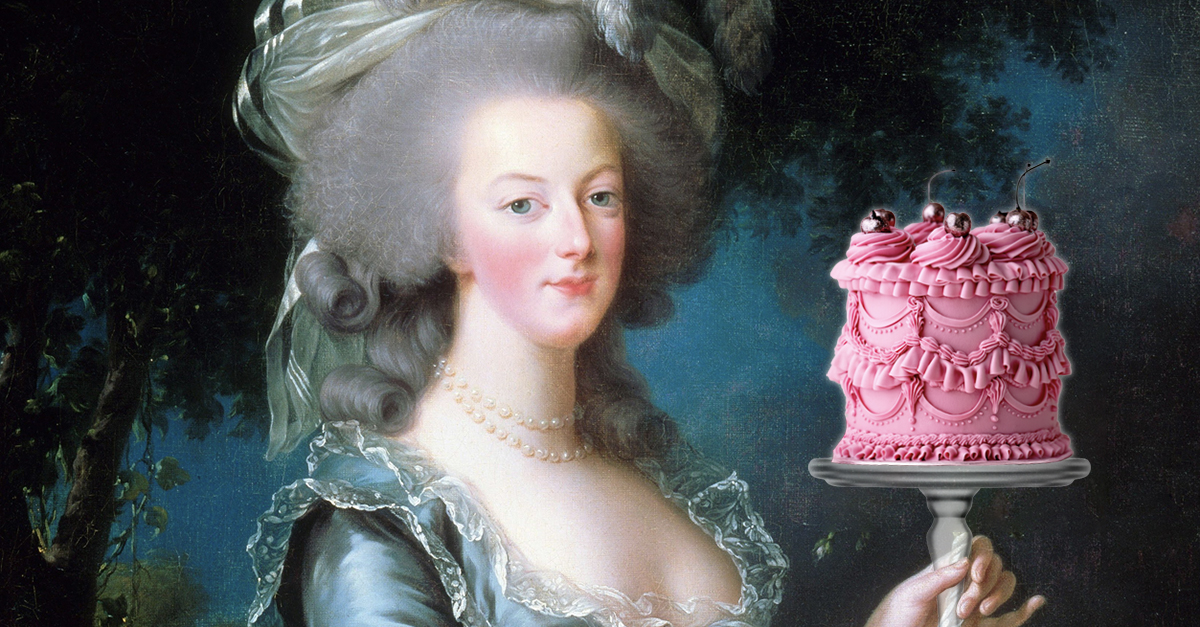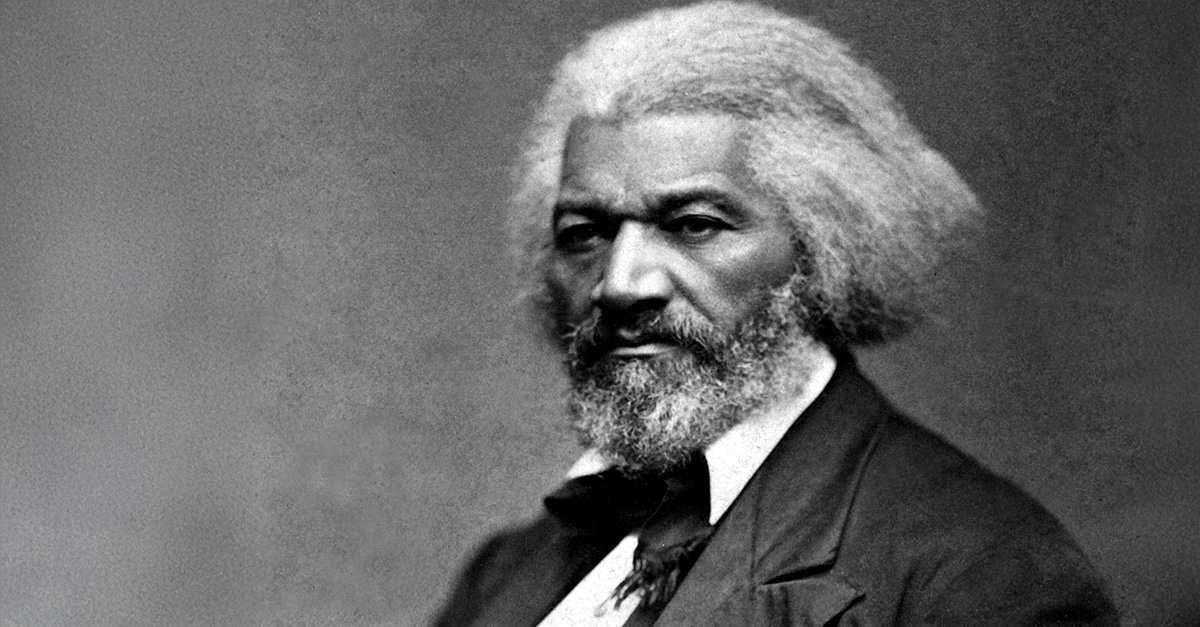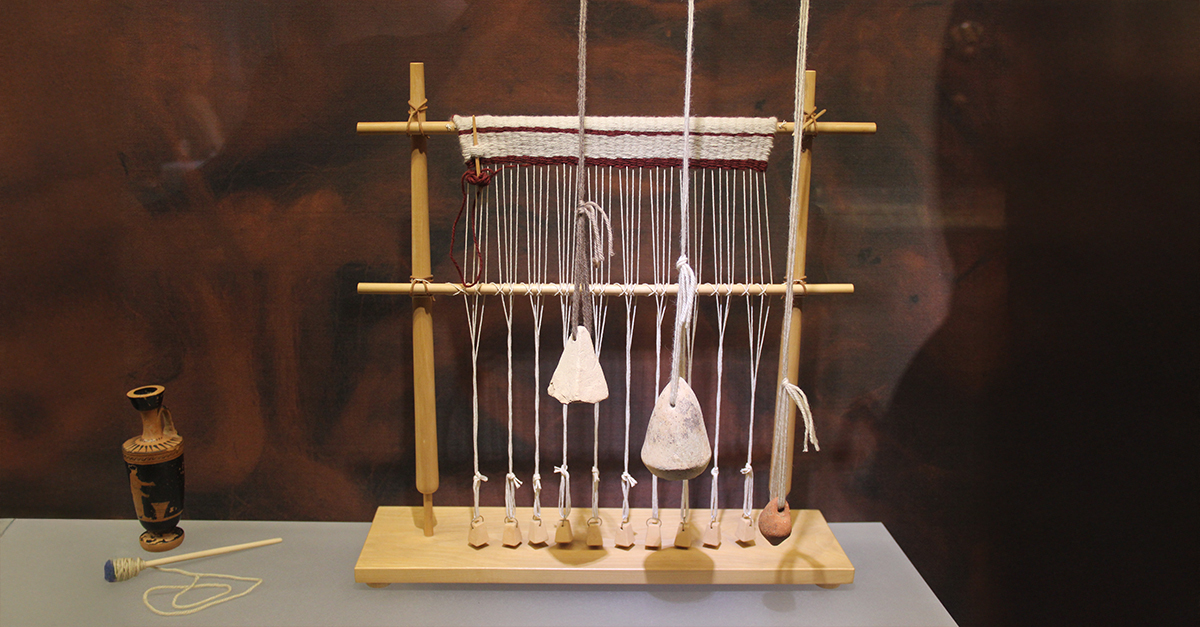15 Rulers Who Defined The Tudor Dynasty
The Tudor period in England began with the reign of Henry VII in 1483 and ended in 1605, with the reign of Elizabeth I and the ushering of the first Elizabethan age. From a king with six wives who created a state religion, to famous poets and scholars, let's go over 15 of the most interesting Tudors from the 122-year reign of the House of Tudor.
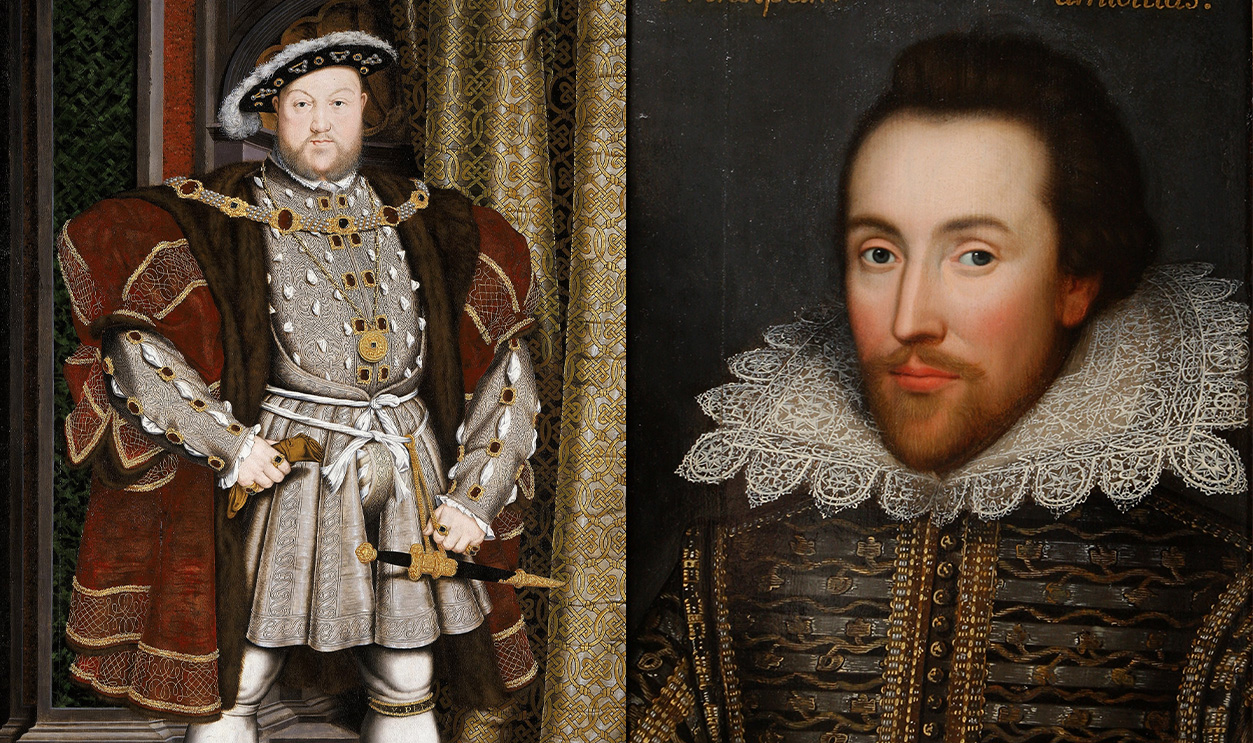
Henry VII
The founding King of the Tudors, Henry VII defeated Richard III at the Battle of Bosworth Field, ending the War of the Roses that saw two mighty armies pitted against one another, each from an opposing noble House. Henry VII ushered in the Tudor reign by marrying his third cousin (shocking, I know), Elizabeth of York—uniting two English houses under one name and ruler. Henry VII died in 1509, ushering in the reign of one very famous Tudor indeed.
 Dulwich Picture Gallery, Wikimedia Commons
Dulwich Picture Gallery, Wikimedia Commons
William Shakespeare
William Shakespeare is widely viewed as one of history's greatest writers. It is believed that Shakespeare penned 38 plays during his life, including classics like Hamlet (1599), A Midsummer Night's Dream (1596), Romeo and Juliet (1597) and Macbeth (1623). Shakespeare's impact on the English language, culture, and theater is profound, and his works remain relevant and popular in classrooms and theaters the world over.
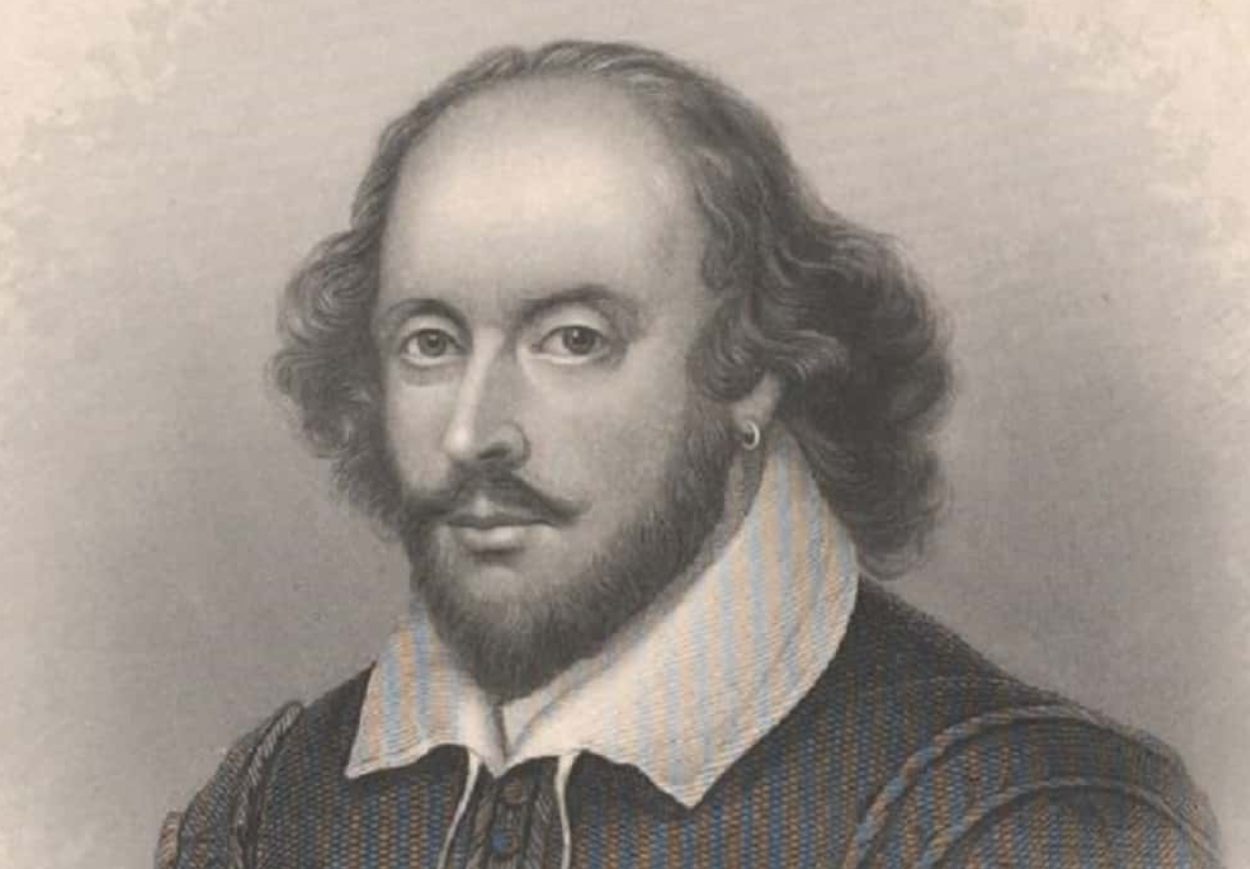 Metropolitan Museum of Art, Picryl
Metropolitan Museum of Art, Picryl
Sir Francis Drake
Sir Francis Drake was a prominent sailor who began his naval career by destroying Spanish ships during the Anglo-Spanish War (1585-1604). Following his rise to prominence, Queen Elizabeth I commissioned Drake to lead the English naval fleet. He sailed around the world from 1577 to 1580, which earned him a knighthood from Queen Elizabeth and expanded Tudor England's knowledge of the world around it.
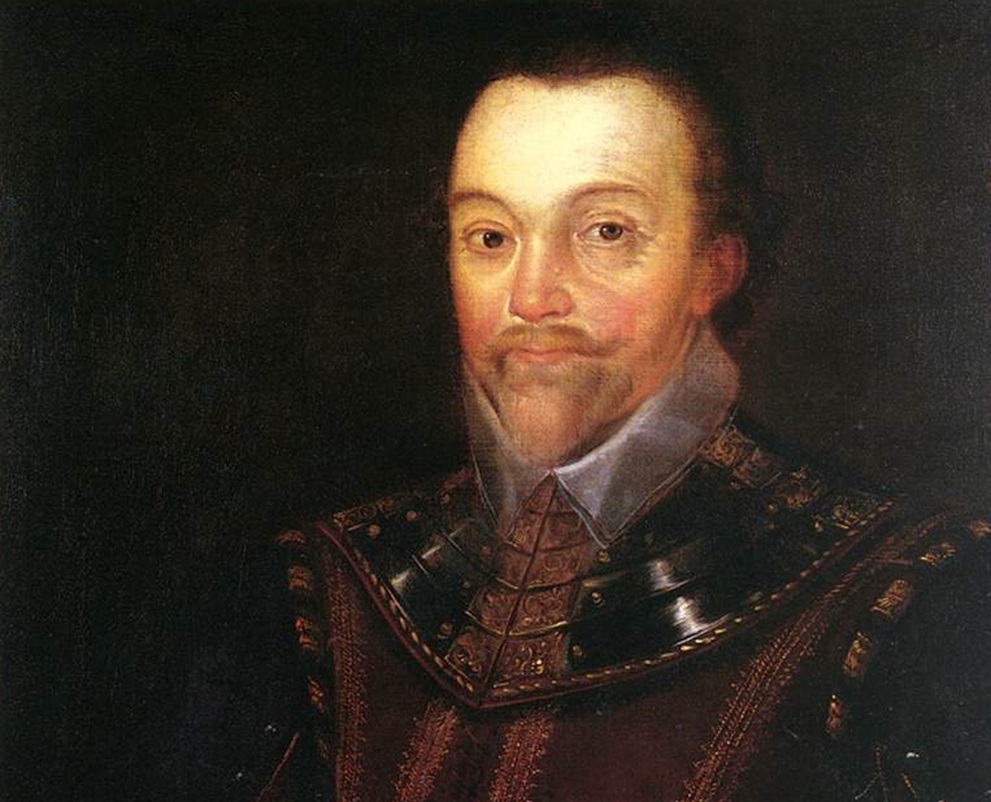 Marcus Gheeraerts the Younger, Wikimedia Commons
Marcus Gheeraerts the Younger, Wikimedia Commons
Sir Francis Bacon
Sir Francis Bacon's contributions during the Tudor Period lie in the realm of the sciences. The scholar was among the favorite knowledgeable courtiers of Queen Elizabeth I. He has been dubbed the "father of empiricism", after arguing that true knowledge can only be gained through observing natural events and deducing reasonable conclusions from those observations. Sensible by our standards, but Bacon's thought processes would have been outlandish during the time of the Tudors, making him a trailblazer of the scientific method.
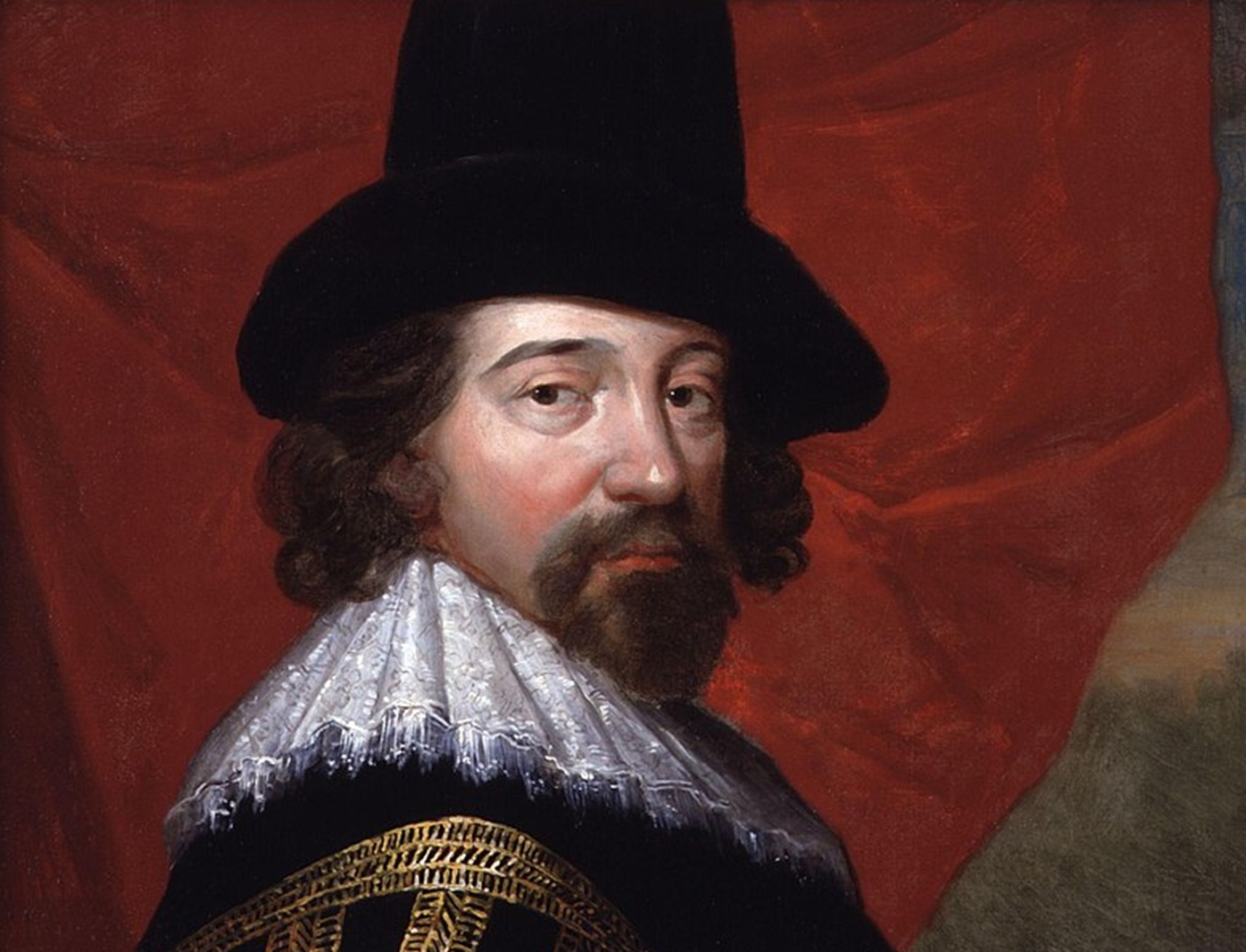 National Portrait Gallery, Wikimedia Commons
National Portrait Gallery, Wikimedia Commons
Sir John Harington
We all use a flushing toilet every single day. For that, we have this man to thank. Sir John Harington was a godson of Elizabeth I and invented a flushing toilet, although at the time his device simply called for a "long, two-foot deep oval bowl, specially waterproofed with pitch, resin and wax and fed by water from an upstairs cistern". Thanks, Sir John, for giving us the first flushing toilet in 1592.
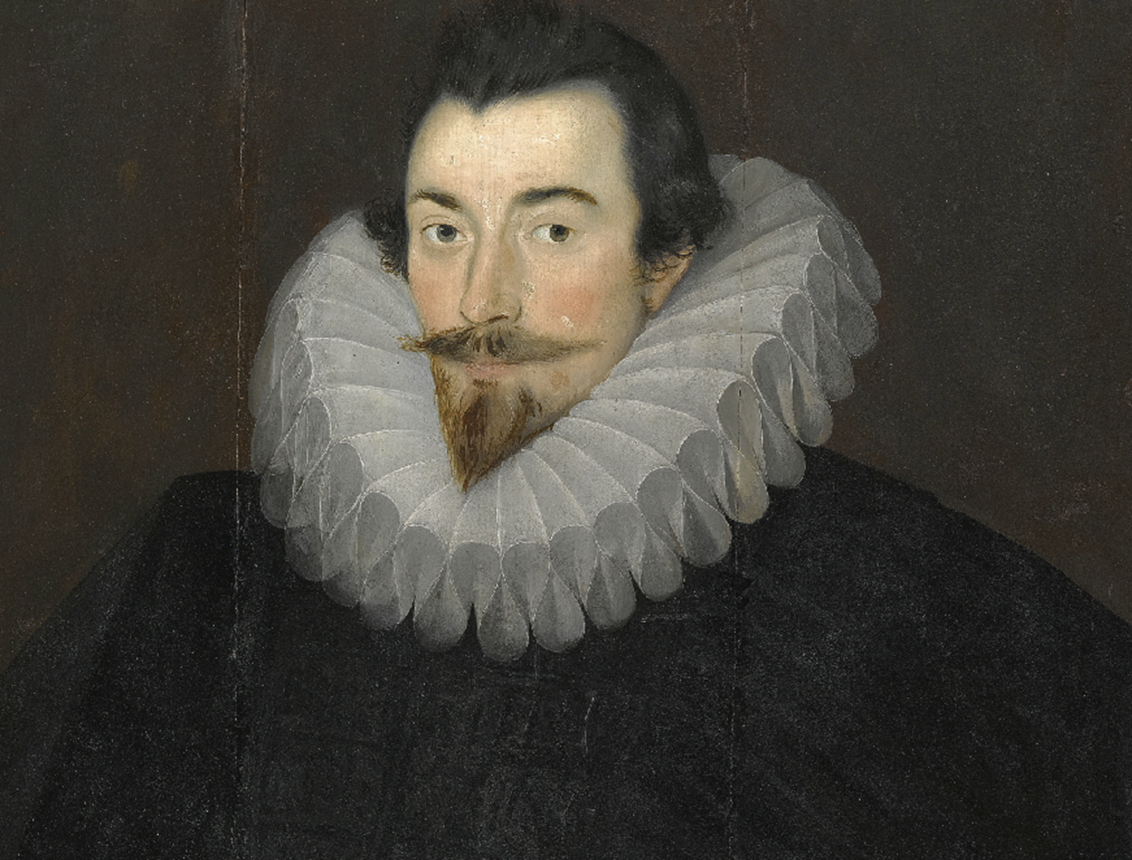 Unknown Author, Wikimedia Commons
Unknown Author, Wikimedia Commons
Thomas Cromwell
Thomas Cromwell was a courtier of Henry VIII and the man most responsible for bringing some of the centralized power of the state back to the people of England. Appointed by the King to be his Chief Minister, Cromwell began a series of reforms to allow Parliament more power in the ruling of the country, forming the basis for the modern way in which England is governed. Unfortunately for Cromwell, the King ordered his execution in 1540 for reasons that we'll go into later.
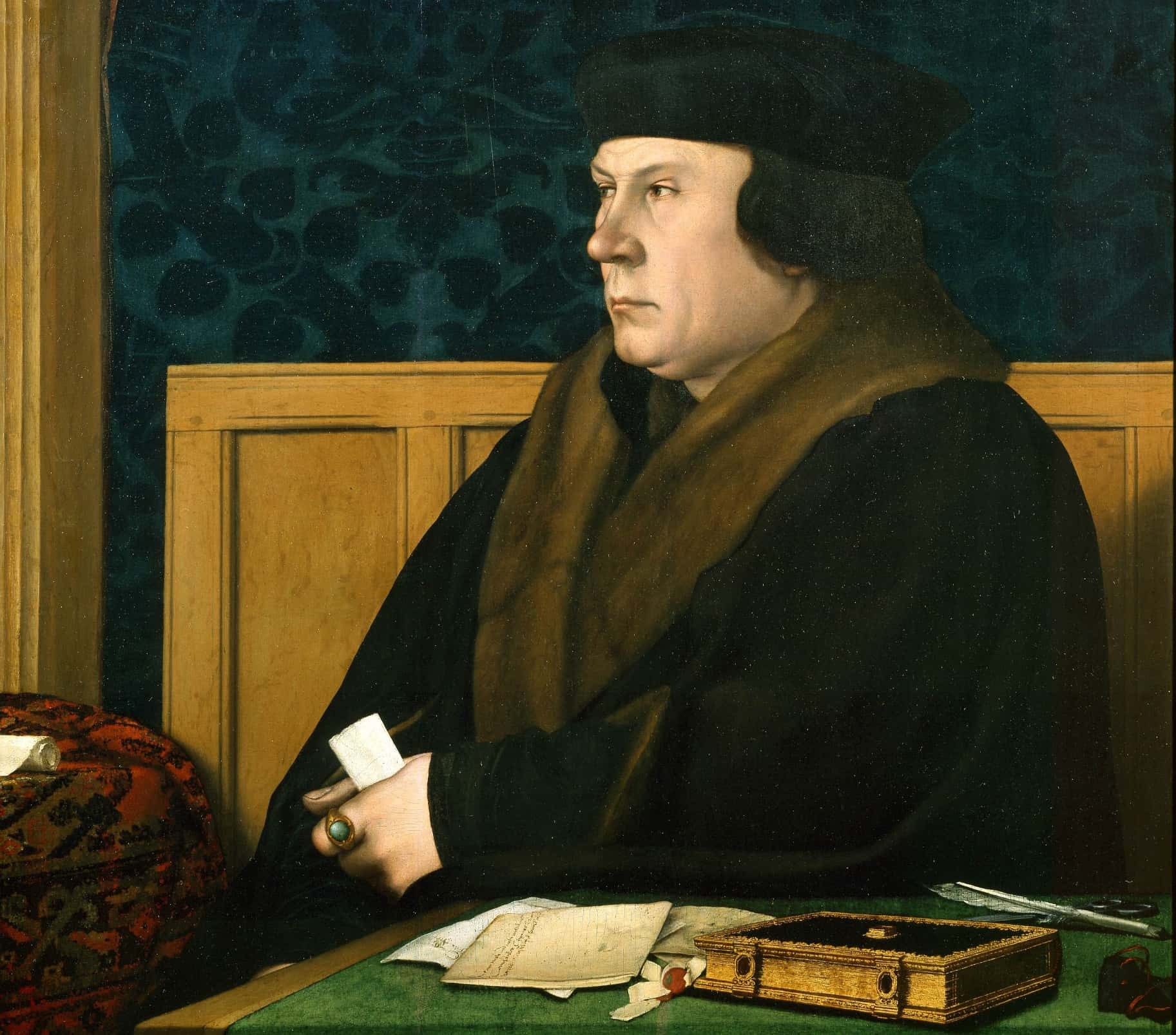 Hans Holbein the Younger, Wikimedia Commons
Hans Holbein the Younger, Wikimedia Commons
The King's Dog
In one of the most unusual stories from this great era of English history, a spaniel helped save a nine-day old King Edward VI from kidnap at the hands of the King's own cousin. Given King Edward's age, his uncle, Edward Seymour, was sworn in as Lord Protector to rule in his stead. However, Thomas Seymour, Edward's brother, sought to kidnap the young monarch. The King's dog began barking and leaping at the intruder on the palace grounds—who shot the dog dead. When Palace guards eventually found Thomas, he was taken to the Tower of London and beheaded by an execution warrant signed by his own brother.
 William Scrots, Wikimedia Commons
William Scrots, Wikimedia Commons
Lady Jane Grey
Before there was Mary, Queen of Scots, Lady Jane Grey was very briefly Queen of England. Her cousin, Edward VI (the only surviving son King Henry VIII) named her as his successor—contravening succession law at the time, because he feared that Mary would return England to Catholicism (boy, was he right). Lady Jane Grey was proclaimed Queen of England by the Chief Minister of England, John Dudley, on July 10th, 1553. Unfortunately, "Queen" Jane Grey's time on the throne was short lived. Nine days later, Edward's sister, Mary, amassed a military force of 20,000 at the royal residence at Framlingham Castle. Mary's forces overthrew the "monarchy", captured and imprisoned Grey and John Dudley, then beheaded both on royal orders.
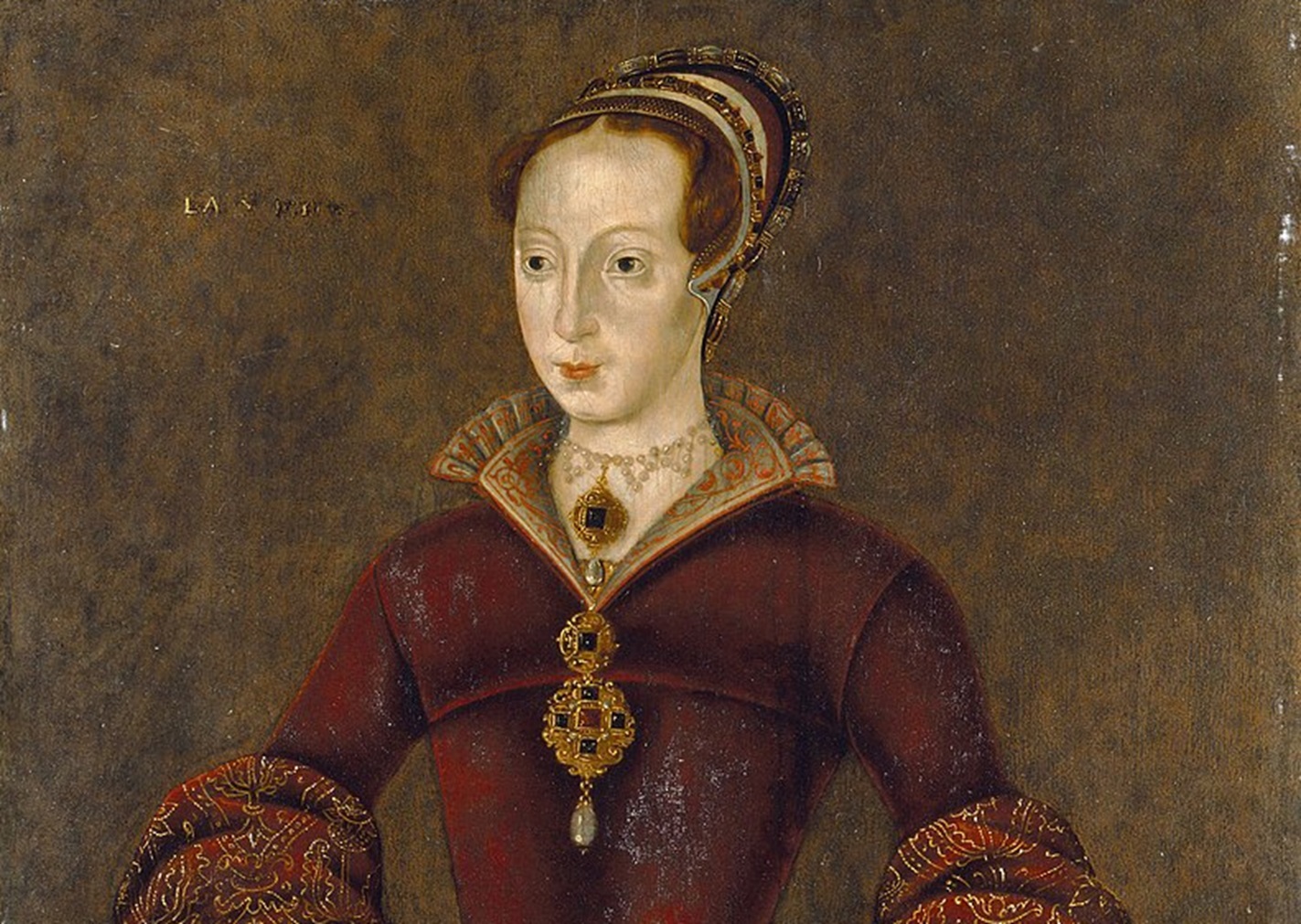 Unknown Author, Wikimedia Commons
Unknown Author, Wikimedia Commons
Mary I, Queen Of Scots
The reign of Mary I began in 1553 after the overthrow of the "Nine Days Queen". This reign is mostly characterized by repatriating the Catholic religion into every corner of England, Scotland, and Wales. Edward VI's suspicions about Mary had come true. In her pursuit of Catholicizing the mostly Protestant country of England, "Bloody Mary" is thought to have slain around 300 people for their faith, including many who were burned at the stake. Brutal.
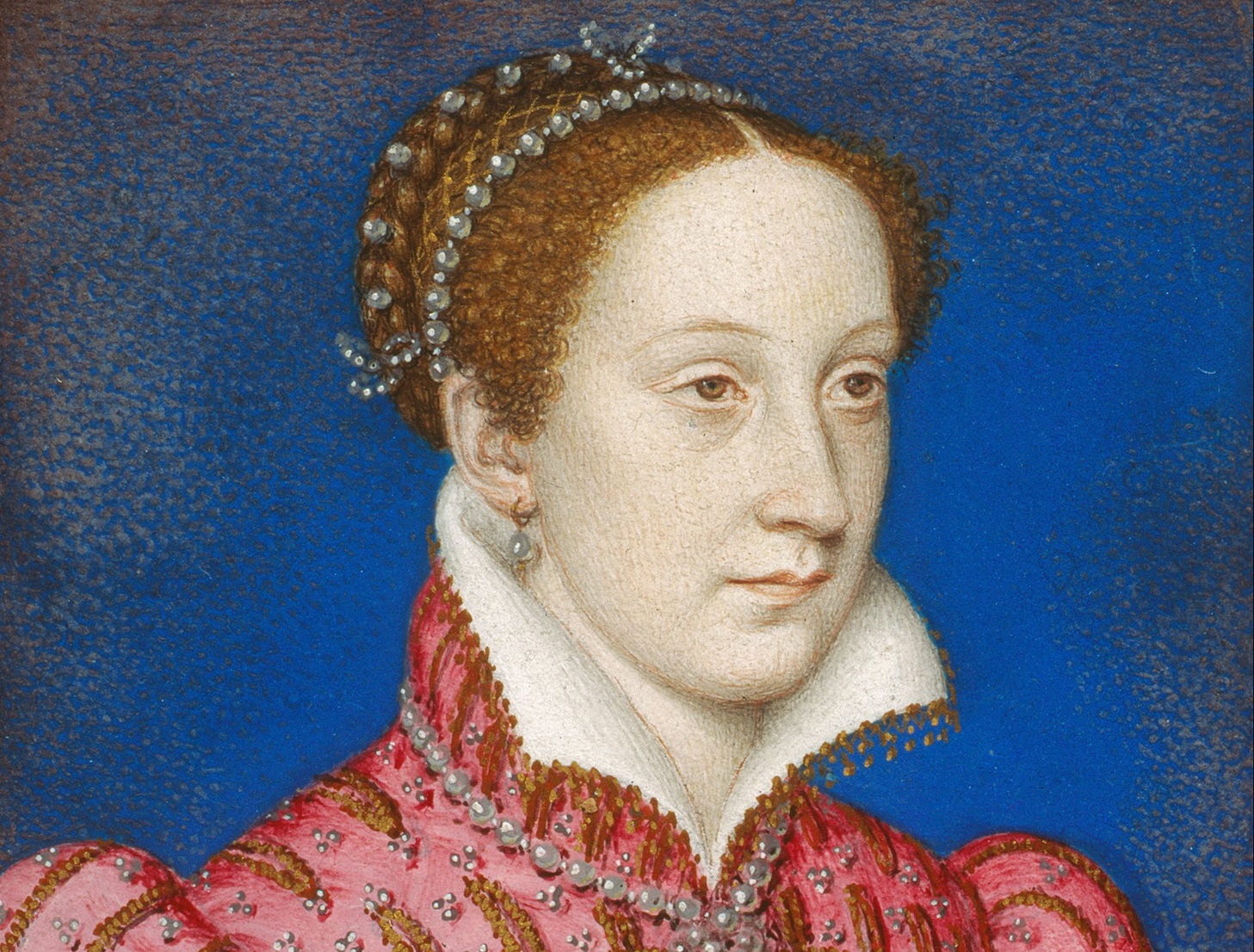 François Clouet, Wikimedia Commons
François Clouet, Wikimedia Commons
Queen Elizabeth I
The half-sister of Mary I, Queen Elizabeth I was the other daughter of King Henry VIII. She was also the one who set Britain forward in innumerable ways, including exploring the New World, establishing England as a world power, and defeating the Spanish Armada in 1558, with the help of one Sir Francis Drake. She did all that without pushing one religion or another down the throats of the British people. "Good Queen Bess" was her nickname and she lived up to it. Queen Elizabeth I is entombed with Mary I in Westminster Abbey, in the Royal Vault, built by her grandfather.
 Unknown Author, Wikimedia Commons
Unknown Author, Wikimedia Commons
Anne Boleyn
Said to be the first woman that King Henry VIII really loved, Anne Boleyn became Queen of England in 1533 and her and the King enjoyed all the slings and arrows of youthful exuberance and love. However, Henry's desire for a son quickly grew to overshadow the marriage. Anne miscarried twice during their marriage and then a third time, following an accident that the King had with a horse during a ride. This sent the King into a fit of rage and after a few more months of strife, the maddened King ordered his own wife (and her brother) arrested and charged with incest and adultery. The penalty for this was death. Queen Anne was beloved by the people and it seemed as though her death marked a turning point in the popularity of the King.
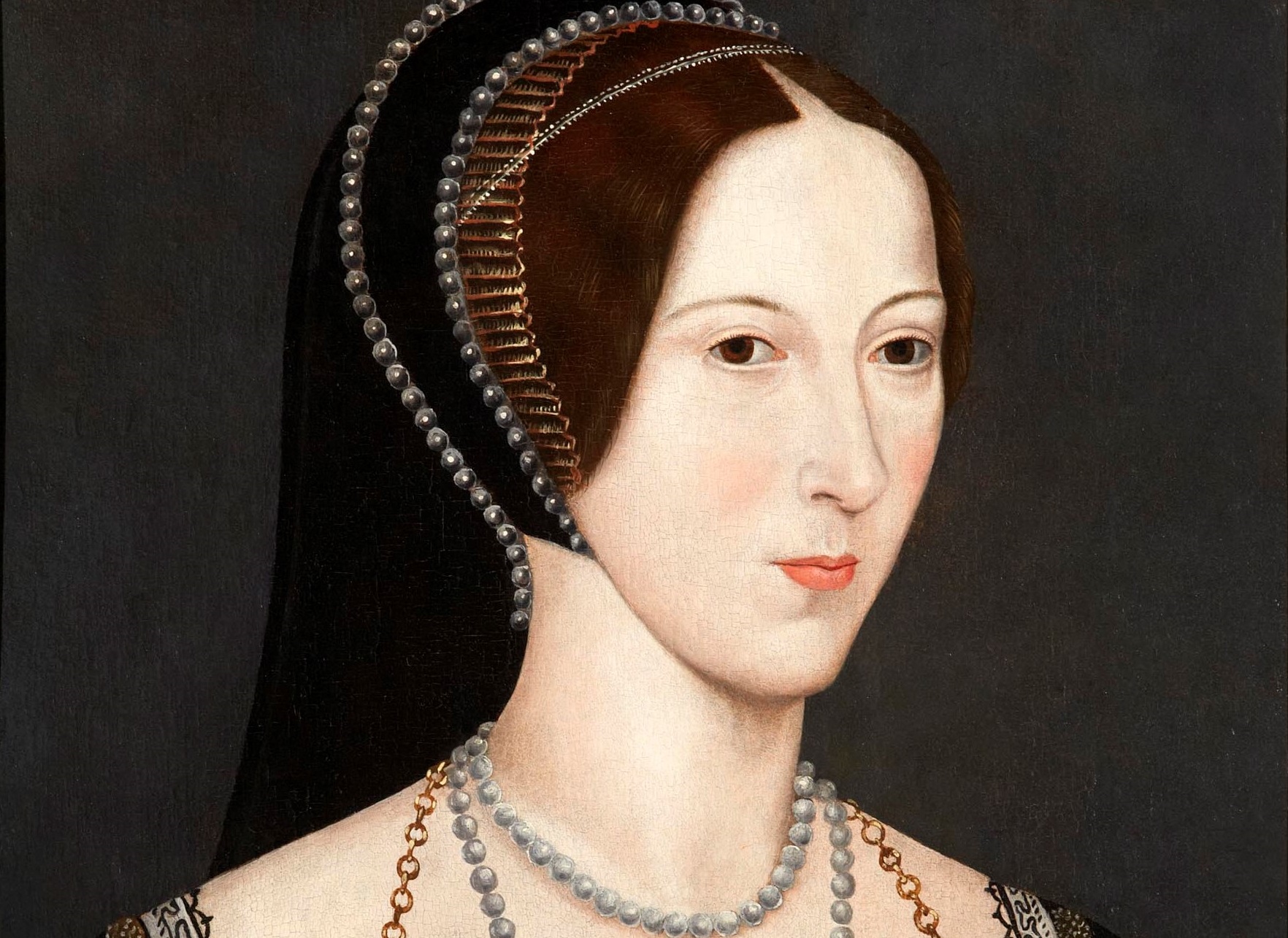 English school, Wikimedia Commons
English school, Wikimedia Commons
Catherine Of Aragon
The first wife of King Henry VIII, Catherine of Aragon was actually no stranger to the English throne, having previously been married (for a short while) to King Henry's eldest brother, Arthur, before his death. Catherine's marriage to Henry was supposed to form an alliance between England and Spain. Unfortunately for Catherine, the King's desire for a son was a thorn in their marital side. And while she did give King Henry a daughter (Mary I), the sons she gave birth to were either stillborn or miscarriages. Not helped by the King's enamouring with Anne Boleyn, Catherine of Aragon and King Henry VIII divorced in 1533, an act which split England from the Catholic Church forever.
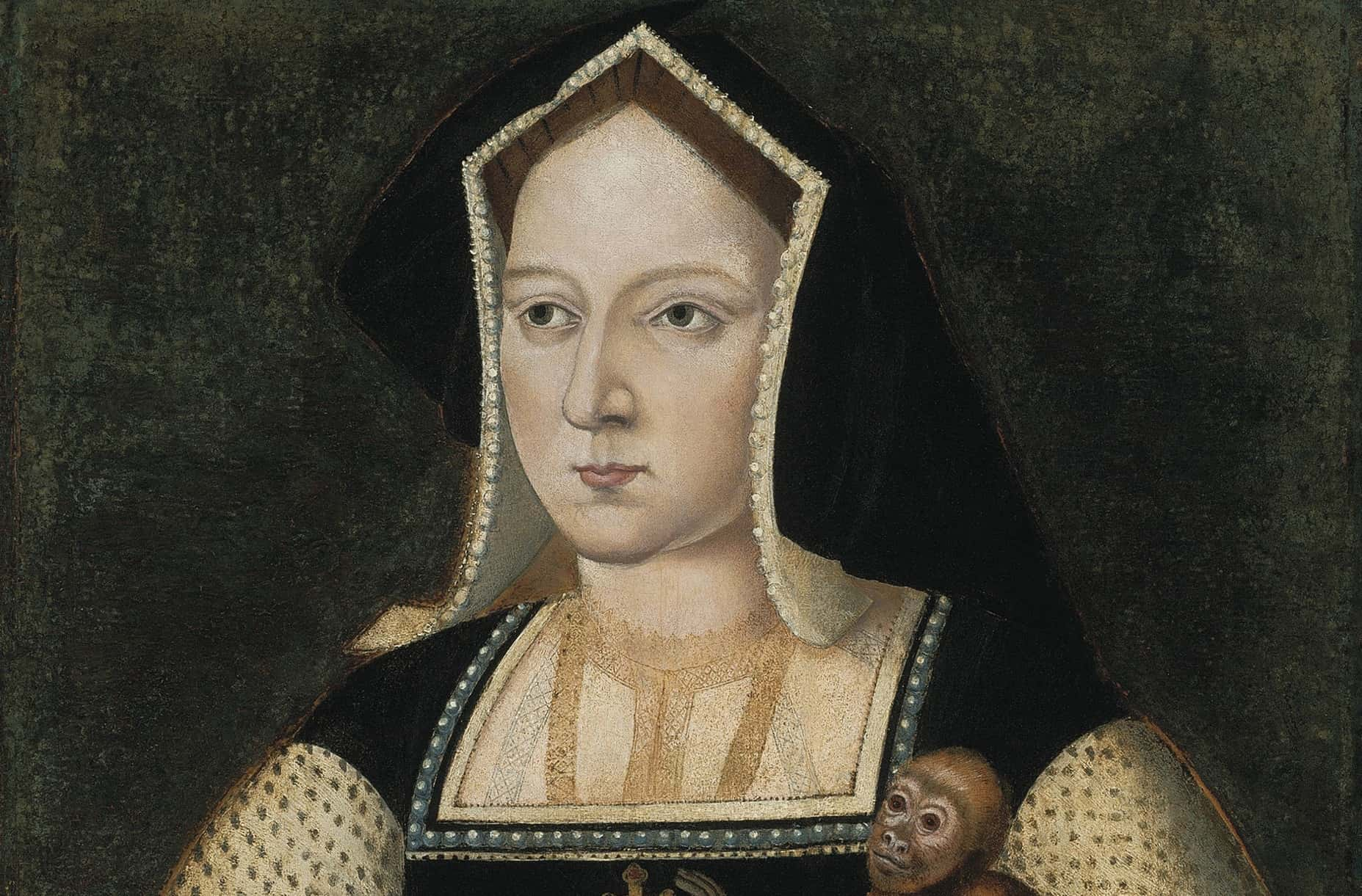 Lucas Horenbout, Wikimedia Commons
Lucas Horenbout, Wikimedia Commons
Bess of Hardwick
"Bess of Hardwick", or Elizabeth Cavendish to give her maiden name, was a businesswoman who rose through the ranks of British society through marriages to nobleman. An artist and needlewoman in her own right, she formed a close friendship with Mary, Queen of Scots, following the latter's captivity in England in 1601. The two would work together on a series of needlework tapestries known as the "Oxburgh Hangings". Today, the Oxburgh Hangings remain the largest collection of artwork held within a single private family, as Bess' heirs own the entire collection in perpetuity, as dictated by her will.
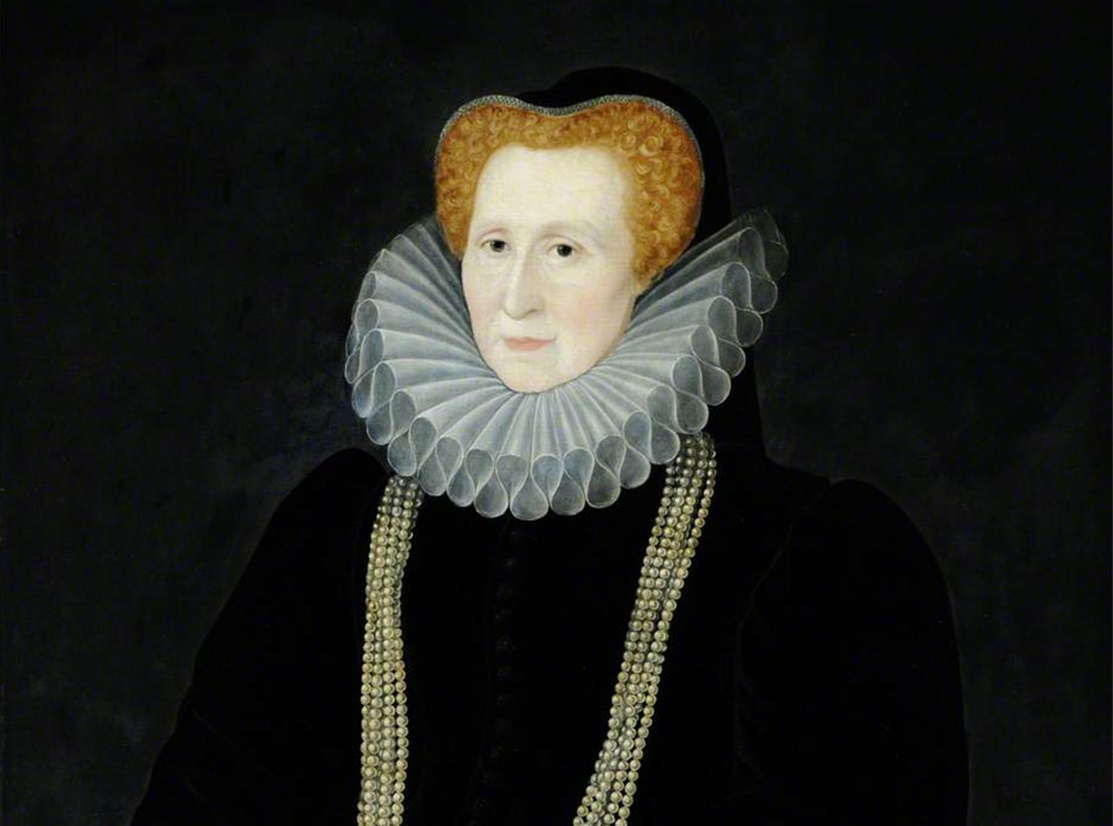 Rowland Lockey, Wikimedia Commons
Rowland Lockey, Wikimedia Commons
King Henry VIII
We've saved the worst till last, really. It's well-known that Henry VIII was a brutal, tyrannical King, responsible for the creation of the Church of England just so that he could divorce his first wife, Catherine of Aragon. Of his six wives, two were executed on his orders, two others were divorced, and two survived. During his reign, when not attempting to have a male heir, he created the Royal Navy and waged wars against the French, the Scots, the Irish, the Dutch, and even his own people on occasion. Henry was tyrannical as a king and is widely thought to have executed his wives because they did not produce a male heir.
The Tudor dynasty that lasted for over a century in England is the stuff of legend, and saw times of troubled rulers with superiority complexes and times of great advancement in science, art, and culture, too. A bit of a mixed bag, those Tudors.
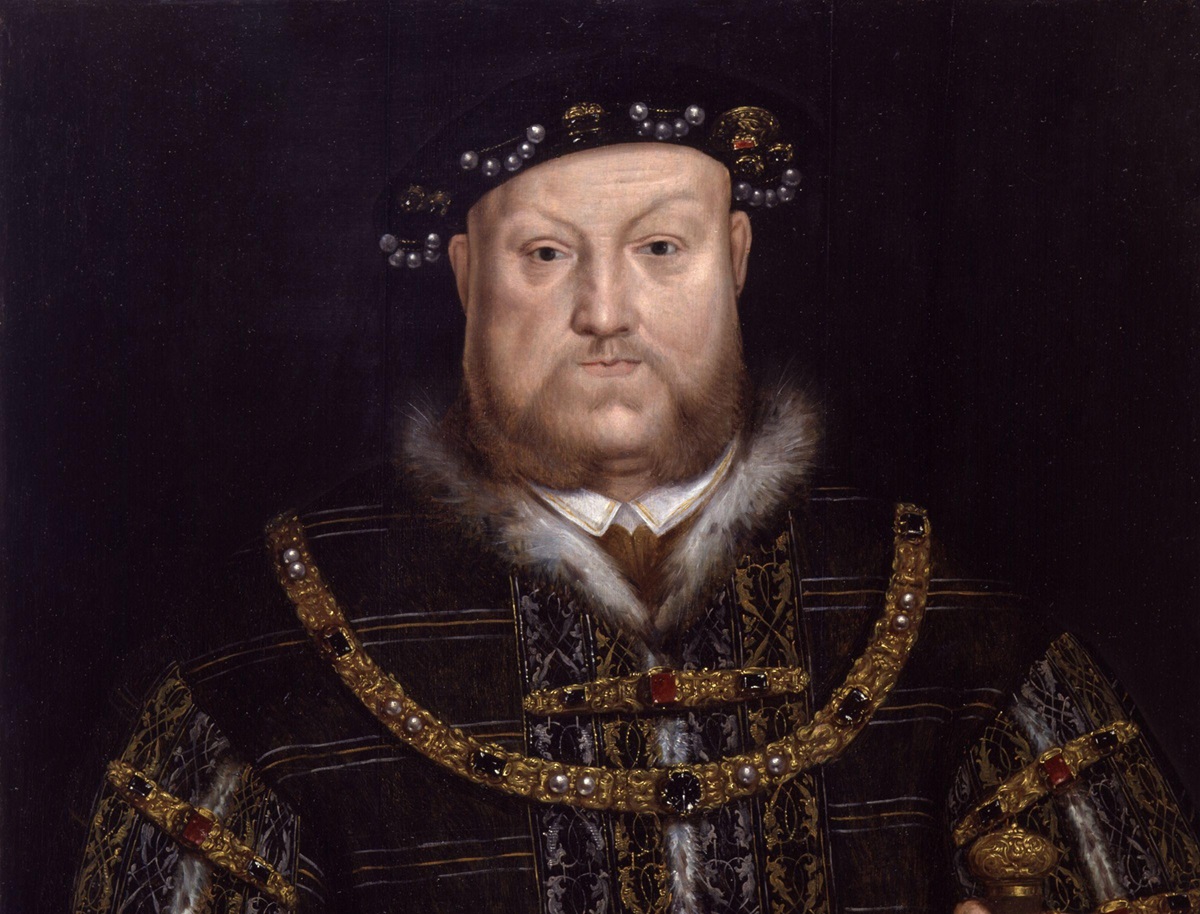 National Portrait Gallery, Wikimedia Commons
National Portrait Gallery, Wikimedia Commons

